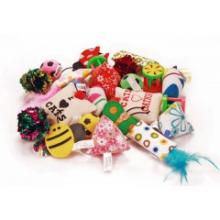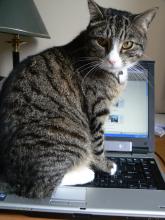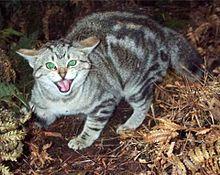My child is currently obsessed with “puppies and kittens.” She asks for new ones every day (though we’re perfectly happy with the “old” ones) and, even after we just got a third cat, a little five-month-old named River, she continues to beg for yet another a kitten or puppy. While we’re not about to do that, we can let her watch all the kitten and puppy movies that she wants (within reason; I’m not letting her watch
Cats and Dogs for twenty hours a day, like she’d prefer). I have noticed, however, that there are many, many more movies that show dogs in a positive light than cats.
Here are some good kitten and cat movies for children who can’t get enough of the feline frenzy. If you can think of any others, feel free to add them in the comments.
Milo and Otis
The titular character, an orange tabby named Milo, gets into dozens of mishaps and adventures throughout this fun, originally Japanese movie, before settling down with his pal, Otis, and their two families.
Homeward Bound
My daughter loves the cat in this movie, Sassy, and her incredible antics. She likes to quote her with, “Cats rule and dogs drool!” Plus, Sassy survives an enormous fall from a waterfall and proves to be one tough cat.
Cats Don’t Dance
This animated adventure features a singing cat named Danny who wants to become a big movie star. It features a huge cast of animals, some fun song and dance numbers, and the message that you should never give up on your dreams.
Hocus Pocus
My daughter loves this movie, too. It’s a little dark and shouldn’t be viewed by the younger crowd (there’s a walking zombie, scary witches, and other spooky elements), but it features the most adorable talking cat named Binx that you could ever hope to have in a movie. He’s so adorable, in fact, that we named one of our cats after him.
The Aristocats
This animated Disney adventure is a classic and lots of fun to sing along with, no matter what age you’re at. It’s very old-fashioned and not very clever at all, but the cats are pretty darn cute.
The Cat Returns
This Miyazaki film is both funny and charming, featuring Cary Elwes as the titular character. The cats in this film all have human personalities and are very entertaining, as is the film’s heroine, voiced by Anne Hathaway.









